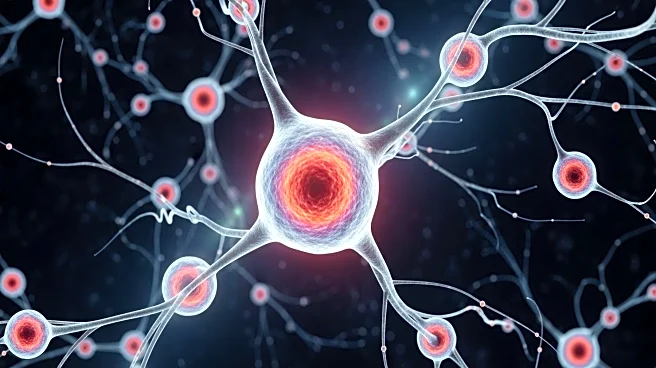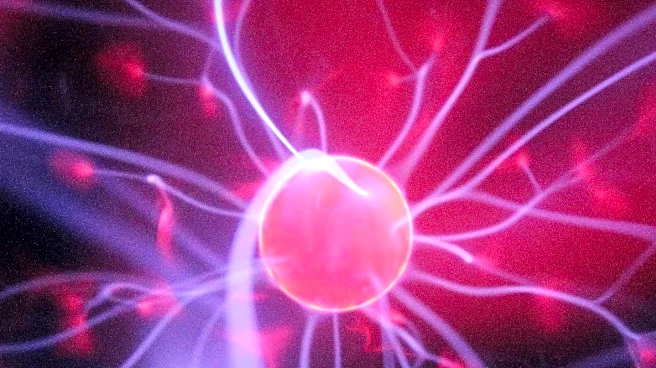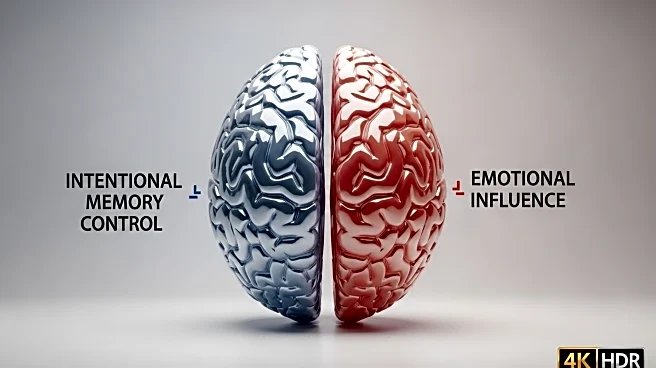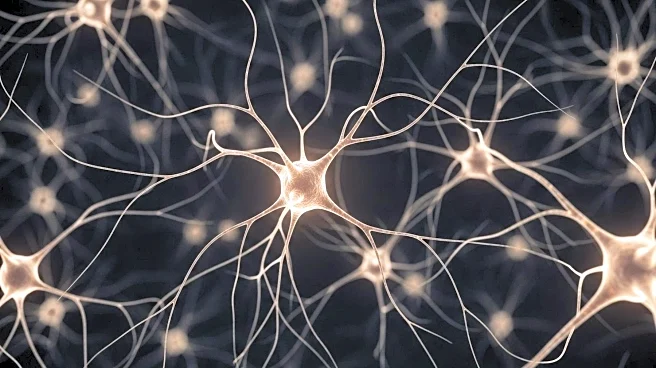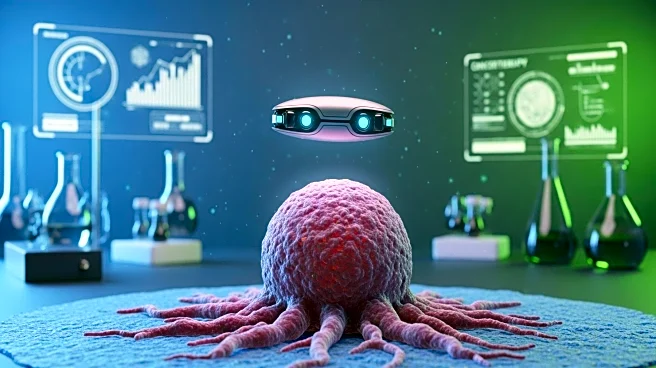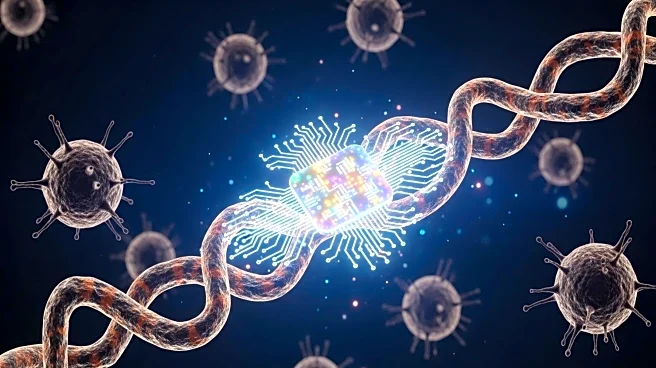What is the story about?
What's Happening?
A groundbreaking study has revealed that memory storage is not limited to brain neurons but also occurs in other human cells. Researchers at New York University discovered that the signal spacing effect, a principle known to enhance memory retention, applies to non-neural cells as well. By using chemical signals in a lab setting, the study demonstrated that spaced signals lead to stronger and longer-lasting cellular responses compared to massed signals. This finding suggests that the mechanisms of learning and memory are fundamental properties of all cells, not just those in the brain.
Why It's Important?
This discovery challenges the traditional understanding of memory as a brain-centric process and opens new avenues for research into cellular memory. The implications are significant for medical and scientific fields, as it suggests that cellular responses can be manipulated through timing and patterning of signals. This could lead to advancements in drug delivery systems, where timing of doses could enhance therapeutic outcomes. Additionally, understanding cellular memory mechanisms could improve treatments for neurological disorders and contribute to the development of bio-inspired computing systems.
What's Next?
Future research will likely focus on exploring the molecular pathways involved in cellular memory and how they can be harnessed for therapeutic purposes. Scientists may investigate different signal patterns and their effects on various cell types to develop targeted treatments. The study also paves the way for interdisciplinary collaboration between neuroscientists, cell biologists, and pharmacologists to further understand and apply these findings in clinical settings.
Beyond the Headlines
The concept of cellular memory extends the boundaries of cognitive science and suggests a more holistic view of learning and memory processes. This could lead to a paradigm shift in how memory is studied and understood, influencing educational strategies and cognitive therapies. The research also highlights the potential for bioengineering applications, where cellular memory principles could be used to design more efficient biological systems and devices.
AI Generated Content
Do you find this article useful?
